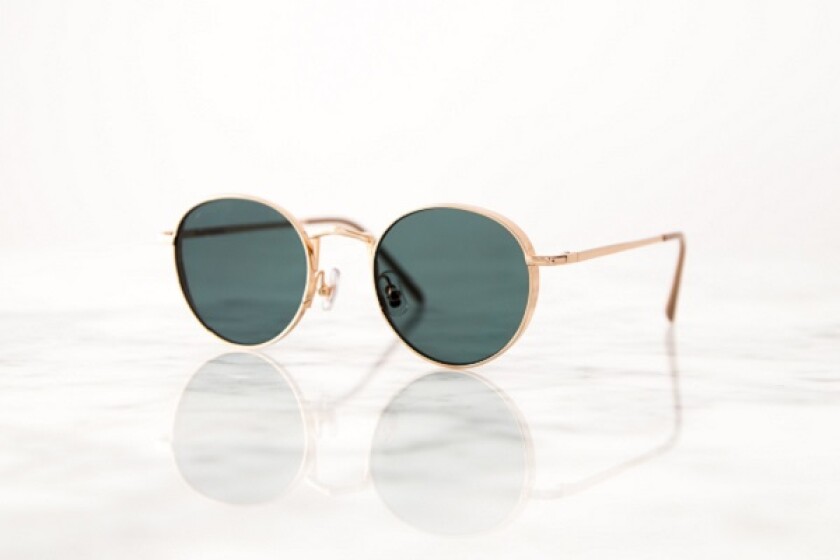In July 2019, Dolce Vita Footwear Inc (Dolce Vita) filed two intent-to-use based trademark applications with the US Patent and Trademark Office (USPTO) for the mark ‘CLEAR’ covering footwear, various items of apparel, bags and related accessories in international Classes 18 and 25.
The USPTO’s examining attorney initially refused registration of both applications on the ground that the proposed mark was merely descriptive of the identified goods, relying in part on the definition of ‘clear’ as “[e]asily seen through; transparent,” and arguing that the word ‘clear’ is commonly used to describe a feature of such goods that would be immediately understood by consumers from Dolce Vita’s proposed mark as covering transparent items. In response, Dolce Vita amended its applications to explicitly exclude transparent goods, but the examining attorney refused registration yet again and Dolce Vita appealed.
On April 29 2021, the Trademark Trial and Appeal Board (TTAB) issued two nearly identical precedential decisions affirming the USPTO’s refusal of each application as too “deceptively misdescriptive” to be registered under Section 2(e)(1) of the Trademark Act, 15 U.S.C. § 1052(e)(1).
Under the Trademark Act, the relevant test for determining whether a mark is deceptively misdescriptive has two parts: (1) whether the mark misdescribes the goods and/or services; and if so, (2) whether consumers are likely to believe the misrepresentation.
Regarding the first part of the test, a mark is misdescriptive when the mark merely describes a significant aspect of the goods and/or services that the goods and/or services could plausibly possess but, in fact, do not. Regarding the second part, a reasonably prudent consumer test is applied in assessing whether consumers are likely to believe the alleged misrepresentation.
Here, the TTAB found that Dolce Vita’s restriction of its identification of goods to non-transparent or non-clear goods was sufficient to show (and in fact conclusively established) that the proposed ‘CLEAR’ mark misdescribed a feature or attribute of the goods in that the applications themselves covered items that did not possess the characteristic of being ‘clear’. In fact, the TTAB rejected Dolce Vita’s contention that its proposed ‘CLEAR’ mark did not describe a plausible feature of its goods because it had restricted its identification so that the recited goods did not include transparent footwear and clothing as “unavailing.”
Judge Taylor, writing the precedential decisions, held that “[w]e cannot assume that consumers of applicant’s goods will be aware that its identification is so restricted, and the restriction is not controlling of public perception.” Specifically, the “applicant cannot avoid a finding of deceptive misdescriptiveness by excluding from its identification the very characteristic that its mark is misdescribing.”
Next, the TTAB rejected Dolce Vita’s argument that reasonably prudent consumers are unlikely to believe the alleged misrepresentation because footwear, clothing and handbags are goods that buyers will visually inspect before they are purchased. To the contrary, the TTAB held that not all consumers would have the opportunity to visually inspect Dolce Vita’s goods prior to purchase, especially in modern times: “If applicant’s goods were to be promoted by word-of-mouth or on social media or in print (e.g. in fashion blogs, magazine articles, or even applicant’s future advertising) without an image of the goods.”
Judge Taylor wrote, “a reasonable consumer seeking what the record shows to be a fashion trend would believe that applicant’s goods, promoted under the proposed ‘CLEAR’ mark, would feature transparent or clear attributes.”
In addition, the fact that Dolce Vita had, at one time, offered a shoe with clear accents, plus the current popularity of apparel, handbags and related accessories featuring transparent elements in the marketplace, the TTAB determined that pre-sale discussion and promotion leading to deception of consumers was likely in this case. With the second part of the two-part test clearly met according to the TTAB, both refusals to register Dolce Vita’s ‘CLEAR’ mark were affirmed.
These decisions illustrate how identifying a deceptively misdescriptive mark is not always a clear-cut analysis, and provide interesting guidance to applicants attempting to overcome descriptiveness refusals.
Alexandra CalecaAssociate, Katten Muchin RosenmanE: alexandra.caleca@katten.com













